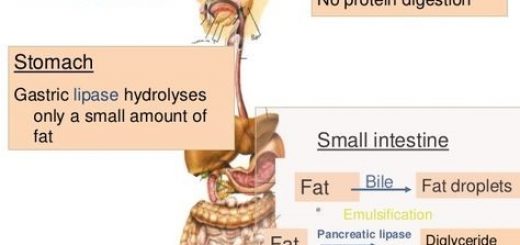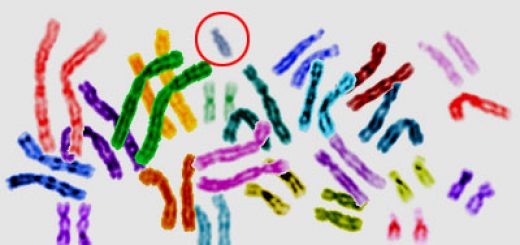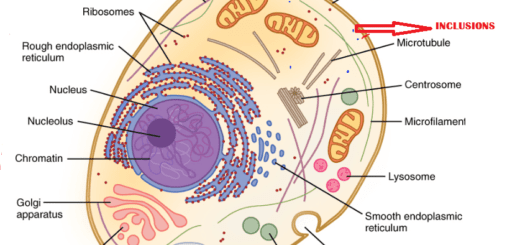Natural (Non-specific or innate) immunity, How does human body protect itself from pathogen ?
There are two systems of immunity in man, which are Natural (Non-specific or innate) immunity, Acquired ( Specific or adaptive ) immunity, Although the two systems of immunity are different, they work together in cooperation & harmony as innate immunity is essential for the acquired immunity to work successfully and vice versa, where each of them uses different mechanisms that activate the immune response of the other system to help the body to deal successfully with pathogens.
Natural (Non-specific or innate) immunity
It is a group of defence mechanisms that protects the body and is characterized by the rapid and effective response to resist, fight and destroy any microbe or foreign body that invades the body, these mechanisms are non-specific against a specific type of microbes or antigens, Natural immunity can be classified into two lines of defence, as the following:
The first line of defence
It is a group of physical or natural barriers in the body (such as skin, mucous, tears, sweat and hydrochloric acid of the stomach) and its main function is preventing pathogens from entering the body.
Means of the first line of defence
- Skin: Characterized by a tough horny layer on its surface which acts as a barrier that is difficult to be penetrated or to pass through it, The sweat secreted by the sweat glands on the skin surface that can kill most of the microbes, because of its salinity.
- Cerumen (Ear’s wax): A substance secreted by the ears and it can kill the microbes that penetrate them, thus protecting the ears.
- Tears: A fluid that protects the eyes from microbes, because they contain antimicrobial substances and enzymes which lyse the microbes.
- Mucous in the respiratory tract: A viscous fluid that lines the respiratory bronchi to adhere with the microbes (mucous traps microbes) and the foreign bodies entering with air, then the mucous together with the trapped microbes are expelled outside the body by the action of beating cilia lining these tracts.
- Saliva: Contains substances that kill microbes, in addition to enzymes that can dissolve such microbes.
- Acidic gastric juice: The epithelial lining of the stomach produces and secretes the strong hydrochloric acid (HCl) that can kill microbes entering with food.
The second line of defence
This system acts if pathogens succeeded in penetrating the first line of defence and invaded body tissues through a slash in the skin for example.
The second line of defence is an internal system in which the body uses successive non-specific mechanisms that surround the invading microbes to prevent them from spreading and it starts with severe inflammation.
The inflammatory response is a non-specific defence mechanism in the area of injury as a result of the damage of the tissue caused by the injury or infection.
Steps of the second line of defence mechanism
When microbes or foreign bodies invade the body tissues, inflammation takes place that leads to the occurrence of some changes in the area of injury, where specific cells (like mast cells and basophils) secrete large quantities of inflammation-generating substances, the most important one is histamine (chemical substance).
The inflammation-generating substances (as histamine) work on dilating the blood vessels in the area of injury to the maximum limit, they work on increasing the permeability of arterioles and capillaries to blood fluids which leak from the blood circulation, which leads to:
- Swelling of tissue at the site of injury.
- Allowing the passage of chemicals that kill and dissolve bacteria to the site of injury.
- Enabling white blood cells as neutrophils, monocytes and macrophages to fight and kill the foreign bodies and microbes.
There are two other substances found in most tissues in the second line of defence, which are interferons and natural killer cells (NK).
Non-specific inflammatory response
When the skin is cut, bacteria penetrate this wound, The presence of bacteria causes the mast cells to secrete histamine granules to the surrounding tissue, Histamine granules are chemicals that increase the permeability of local blood vessels & stimulate other immune cells.
Since the local blood vessels are dilated from histamine, increasing the flow of plasma to the site of injury, causing redness, swelling and pain, White blood cells called neutrophils, monocytes and macrophages come to the site of infection from the local blood vessels and engulf the bacteria and damaged cells.
Human immune system, Functions & Structure of the lymphatic system in human
Immune response, Mechanisms of Acquired (Specific or adaptive) immunity and Memory cells



